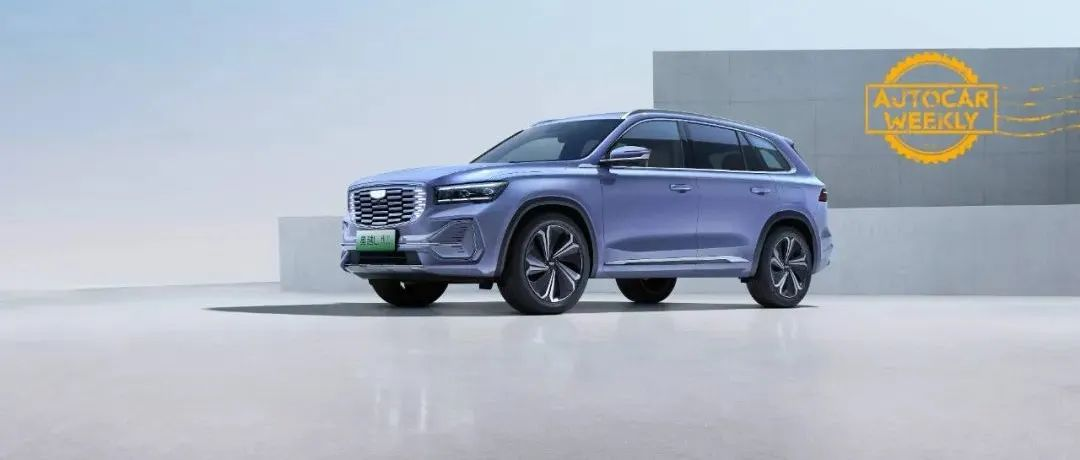Raven Brand Black Pepper
Recently, the China Association of Automobile Manufacturers released the national passenger car market analysis report for September, and the data showed that the penetration rate of new energy vehicles reached 31.8%, almost one-third of the market. According to the data of China Association of Automobile Manufacturers, the penetration rate of new energy vehicles in China reached 27.1% in the first nine months of this year.
It is worth noting that in 2021, the penetration rate of new energy vehicles was only 13.4%. Looking back to one year ago, this number was only 5.8%.
The explosion of new energy vehicles is now unstoppable.
However, there are some “dead corners” in the rapid growth. The September market analysis report from the China Association of Automobile Manufacturers shows that there is a significant difference in the penetration rate of new energy vehicles among different market segments, with the mainstream joint venture brands accounting for only 4.2%, much lower than the independent brands (55.2%) and luxury brands (29.7%). The difference in penetration rate is directly reflected in sales:
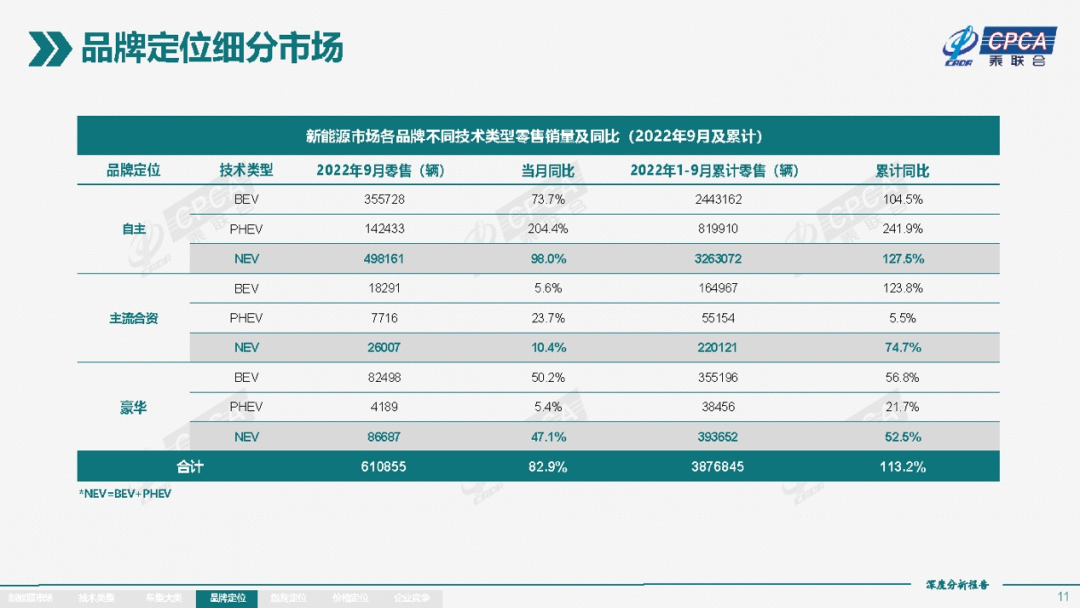
Mainstream joint venture brands are not selling well in the new energy vehicle market? Obviously, it’s not that simple. The market price of new energy vehicles is between 150,000 and 250,000 yuan, which happens to be the consumption range of the urban middle class in mainstream cities. Rather than saying that new energy vehicles are a pain point for mainstream joint venture brands, it is better to say that new energy vehicles are a pain point for the urban middle class.
Still in Pain, Still Anxious
The most fundamental pain point of new energy vehicles, especially electric vehicles, is range anxiety. The reason why luxury brand users and independent brand users are more willing to choose new energy vehicles is because they can alleviate this pain point, which is difficult for urban middle class users of joint venture brands.
Why? Let’s start from scratch.
Once upon a time, there were only two types of mainstream new energy vehicles: pure electric and hybrid. The limitations of both are obvious:Pure EVs suffer from range anxiety and charging anxiety. If there is no personal charging station, drivers have to face the pain of searching for public charging stations. The navigation is filled with ghost stations that have stopped operating or never existed, and sometimes there are petrol vehicles occupying the charging spot. This can be as uncomfortable as feeling urgent and not being able to find a restroom in an unfamiliar city.
However, the problem with hybrid models is that they cannot provide users with a true pure electric driving experience. For example, they generally lack fast charging function and may even be rejected by some charging stations due to this issue. “Charging is too slow and it’s delaying business”.
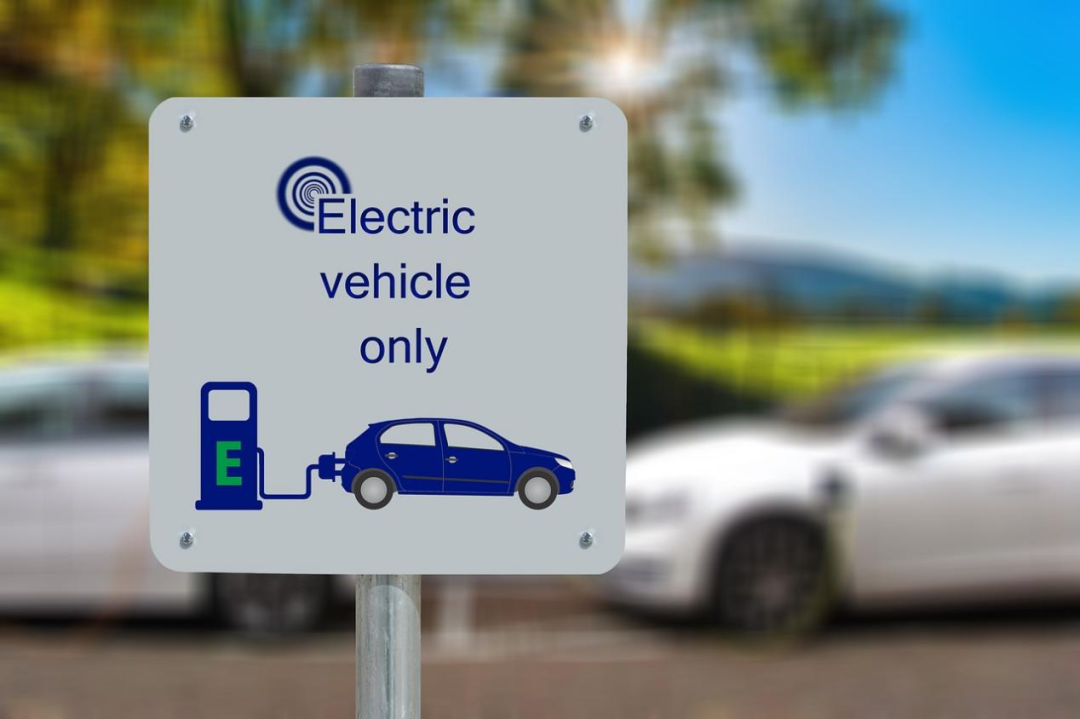
As for the extended-range mode, which is a closer hybrid mode to pure EVs, it also has its own problems. First of all, the electricity consumption is too high on highways, so even if the vehicle is in hybrid mode, it will start the extended-range mode when the battery level is slightly insufficient, burning fuel to provide power instead of outputting electricity. This not only causes range anxiety but also energy consumption anxiety. Secondly, the problem of high noise level of extended-range models is a perennial issue. The NVH level has always been difficult to satisfy people.
In addition, the extended-range mode has another pain point, which is that the pure electric range is generally weak. The main vehicle models of today’s market, such as the Ideal L8 (pure EV with a range of 168km) and the WEY VV5 (an extended-range model with a range of 150km under WLTC working conditions), both have pure electric ranges that do not exceed 200km. Therefore, extended-range models often burn fuel to supply power, sometimes even directly becoming petrol cars, and they also need to carry both petrol and electric systems at the same time. This will result in more fuel consumption than petrol cars will consume. Moreover, with the current surging oil prices, which are no less than the surge rate of new energy vehicles, the pain has become even more intense.
Each mode tries to solve the range anxiety problem, but each also has its own problems. But luxury brand owners and independent brand owners can relatively simply ease the range anxiety by using private charging stations.
The high penetrations of luxury brand EVs are because the consumer groups who can afford to live in big cities and own private charging stations are more concentrated within this demographic. This solves the problem of charging anxiety.# High penetration rate of self-owned new energy vehicles
The high penetration rate of self-owned new energy vehicles is mainly due to the fact that their users are mostly residents of small cities, where housing prices are low and it is natural to have more private charging piles. Furthermore, this consumer group is more concerned about fuel costs and thus more willing to buy electric cars.
Mainstream joint venture brands face the dilemma of being squeezed in the middle. Urban middle-class consumers have to bear the high cost of housing, making it a luxury to buy a house and have a private charging pile. They find it easier to accept gasoline costs, which leads to the “π-conversion” of energy consumption anxiety – painful fuel costs are endless.

Everyone is an urban middle-class consumer
The pain point for urban middle-class consumers regarding electric cars is actually everyone’s pain point. Who doesn’t want an electric car that can handle various situations such as commuting in the city, weak battery, and high-speed driving? This is not a problem that can be solved by having a private charging pile alone. It seems that there is no such option available on the market nowadays. However, the upcoming Star Yue L Hi・P Thor Electric Version – the first vehicle on the Geely e-CMA platform – appears to be such an all-around electric car.
The design concept of this vehicle is to create a full-scenario electric car. It can be powered solely by electricity for routine commuting, and can switch to using gasoline to extend the driving range during long-distance or high-speed driving, thus achieving a worry-free, all-around electric car.
Based on this concept, the following solutions are provided: it is built on the range extension technology, with a larger battery that is sufficient for a week-long city commuting or even intercity driving; the NVH technology is used to address the noisy engine problem caused by the range extender; and the full-speed range hybrid mode is also equipped to improve the energy efficiency during high-speed driving.
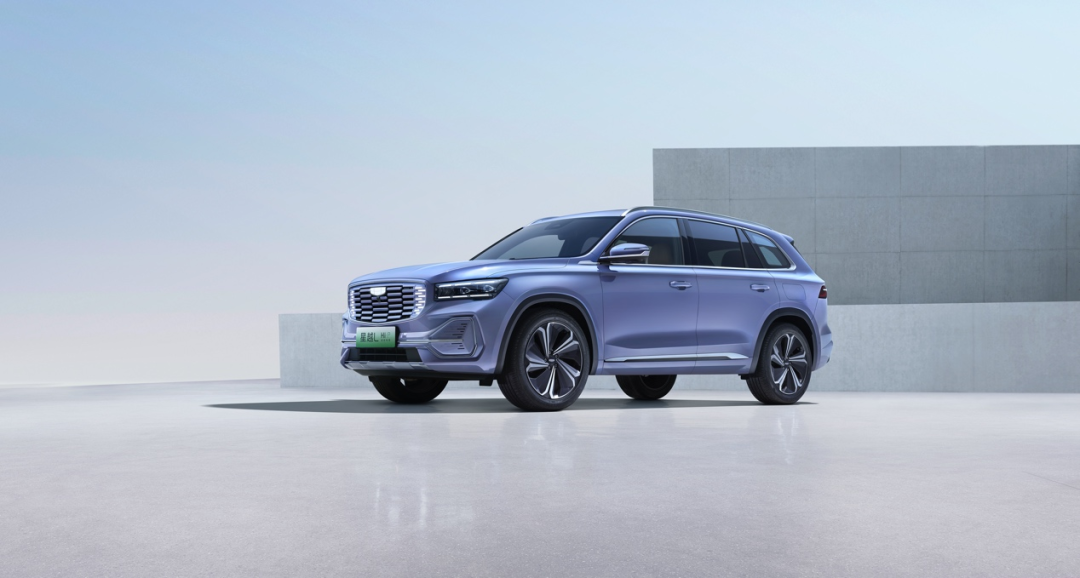 Compared to EV, it has a range-extending mode and a hybrid mode, which can run on gasoline when the battery is low, providing more power and higher efficiency on the highway.
Compared to EV, it has a range-extending mode and a hybrid mode, which can run on gasoline when the battery is low, providing more power and higher efficiency on the highway.
Compared to a hybrid, it has a flat battery assembly, providing stronger safety features, and a unique fast charging technology that can charge from 30% to 80% in just 27 minutes, featuring a native pure electric vehicle.
Compared to a range extender, the Star Yue L Hi·P Thor Electric Edition comes standard with CTP flat-panel batteries and a unique “dual-motor series lock” technology, with better performance in the three important indicators of battery power, pure electric endurance, and range-extending endurance than the Ideal L8 and AITO M5 range-extender models.
Battery power: 41.2kWh, 40.9kWh, 40kWh.
Pure electric endurance: 205km, 168km, 150km.
Range-extending endurance: 1250km, 1100km, 1102km.
(The data order is Star Yue L Hi·P Thor Electric Edition, Ideal L8, and AITO M5 range extender model, and the endurance mileage is based on the WLTC standard.)
The Star Yue L Hi·P Thor Electric Edition even solves the problem of highway deficiency. It is equipped with a 3-gear frequency conversion electric drive DHT Pro, which can achieve three-speed variable speed, full-speed domain parallel power output, WLTC endurance of 1300km, fuel consumption of 5.3L per 100km, and a maximum output torque of 4920 Nm, providing more abundant and efficient output when driving on the highway.Simply put, the BYD Tang L Hi・P version with Blade Battery, which comes with a 41.2kWh CTP flat battery and fast charging technology, can be used as a pure electric vehicle. Combined with the 3-mode variable frequency electric drive DHT Pro, it is a hybrid vehicle with leading power and efficiency. With its unique “Dual-Motor Series Locking” technology, it is an extended-range electric vehicle that surpasses mainstream competitors in the market, capable of “using only electricity and not burning oil” in urban environments.
Also, due to its three-in-one characteristics of pure electric, hybrid, and extended-range, the BYD Tang L Hi・P version solves all kinds of electric vehicle anxiety, including range, charging, and energy consumption anxiety.
Just like the Paris Saint-Germain with the luxurious attacking trio of Messi, Mbappe, and Neymar, the BYD Tang L Hi・P version can switch between different power modes with ease in any environment. The former is a golden combination that can dismantle any defense, while the latter is the best solution for resolving various anxieties of electric vehicle models.
When facing mediocre opponents, it’s like commuting in pure electric mode. Messi and Neymar take it easy, while Mbappe, the “electric motor”, attacks the opponent. When facing a strong opponent or a stalemate, it’s like driving in extended-range mode. Messi and Neymar slightly retreat and strengthen midfield control while sending missiles to Mbappe. When falling behind or facing a tight defense, it’s like driving in hybrid mode on the highway. Messi, Mbappe, and Neymar all press up and use their individual techniques and mutual cooperation to dismantle the opponent’s defense.
In addition, the BYD Tang L Hi・P version also comes with a standard 3.3kW external power output function, which can sustain power supply for more than 12 hours. Its power usage scenarios expand from driving to camping generators, satisfying not only “all-road scenarios” but also “all-life scenarios”.
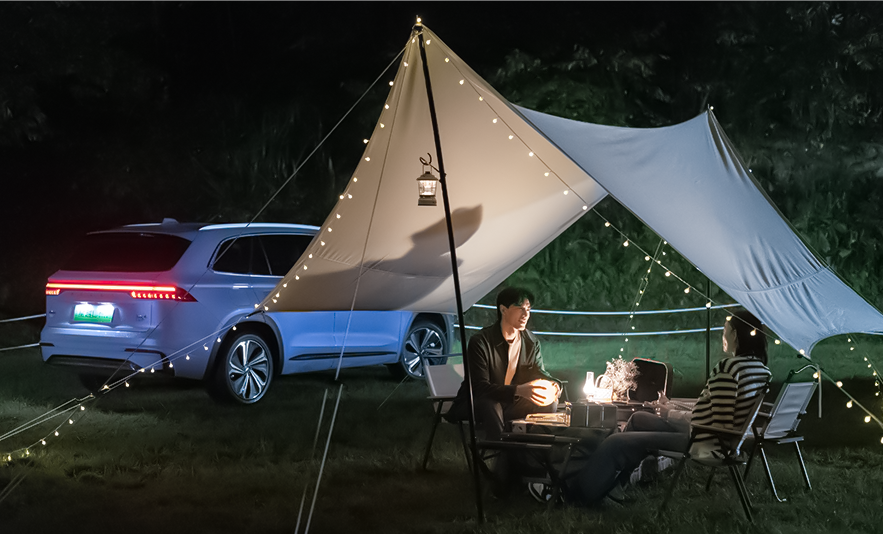 ## Here Comes the e-CMA
## Here Comes the e-CMA
The pre-order for the Geely Xing Yue L Hi・P Thunder Electric Edition has begun, and you can complete the reservation with a deposit of 99 yuan, which is a “non-refundable intent fee” that shows good faith.
This vehicle embodies the three-in-one characteristics of pure electric, range-extender, and hybrid, and surpasses mainstream products in all modes, making people look forward to the e-CMA architecture that gave birth to this model. In the past few years, Geely’s product system built around the CMA architecture has become the first echelon of independent brands, and has steadily transformed in the electrification revolution by relying on this momentum.
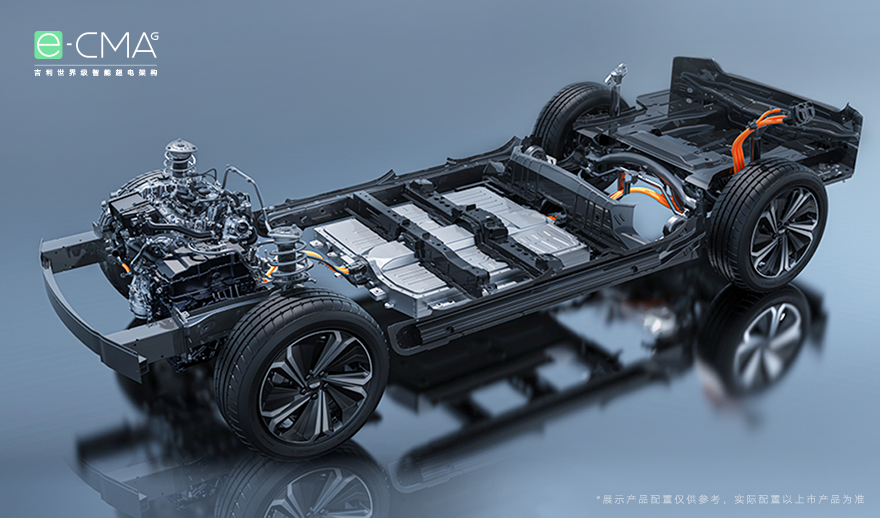
According to statistics from the China Passenger Car Association, Geely’s new energy vehicle sales in the first half of the year increased by nearly four times year on year, with the fastest growth rate among domestic brands, and the penetration rate of new energy vehicles has also achieved continuous growth for 6 consecutive months. By September, the penetration rate of new energy vehicles remained above 30%, and the growth rate of pure electric models even reached 332% that month.
With the upcoming launch of the Geely Xing Yue L Hi・P Thunder Electric Edition, the e-CMA architecture will continue to power the electrification era. This vehicle and this architecture are worth looking forward to.
This article is a translation by ChatGPT of a Chinese report from 42HOW. If you have any questions about it, please email bd@42how.com.
